Legio VII Gemina
Legio VII Gemina: one of the Roman legions. Its name means "the twin legion".

In 67, the position of the emperor Nero became untenable: many senators were discontent and several governors discussed his removal. Among these were Lucius Clodius Macer of Africa (who recruited the I Macriana Liberatrix), Gaius Julius Vindex of one of the provinces in Gaul (whose levies were defeated by the army of Germania Superior, commanded by Verginius Rufus), and Servius Sulpicius Galba, the governor of Hispania Tarraconensis. He founded the seventh legion,note marched on Rome (October 68), and seized the throne that had become vacant after Nero's suicide.
Because the new ruler did not want to look like a military usurper, he sent away his legion to Pannonia, where it was to guard the river Danube at Carnuntum, downstream of Vindobona (modern Vienna). The legion that had been at Carnuntum, X Gemina, was sent to Spain.
Originally, the Seventh did not have a surname. The Roman historian Tacitus sometimes uses the informal titles Galbiana and Hispana, but these were not official names. The number VII was chosen because Spain already had a sixth legion, which was surnamed Victrix. The official date of the legion's founding was 10 June 68.
At the beginning January 69, the reign of Galba was challenged. The legions of the Rhine army were unhappy with the reign of Galba, who distrusted the army that had defeated his ally Vindex. They proclaimed their own commander, Vitellius, the governor of Germania Inferior, emperor, and started to march on Rome. Galba was murdered and succeeded by Otho, who inherited the war against Vitellius and was defeated because the army of the Danube, which had sided with him, arrived too late. (The seventh legion had therefore sided with the murderer of its founder.) The Senate had to acknowledge the new ruler.
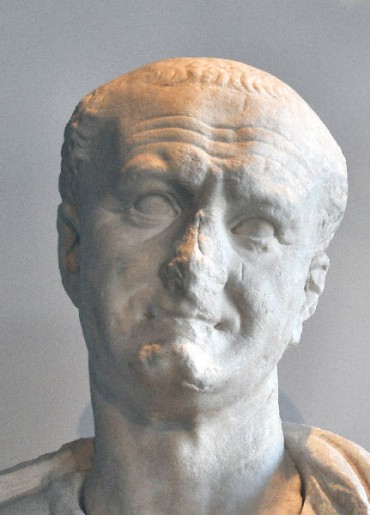
In the same year, the commander of the expeditionary army that had been sent against the rebellious Jews, Vespasian, revolted. Many legions sided with him, and among them was VII Hispana, which fought for Vespasian in November and December 69. In northern Italy, the army of the Danube defeated the Vitellian troops. The commander of the Seventh, Antonius Primus, was the first to occupy Rome - for the second time in fourteen months.
When Vespasian had become emperor, he reconstituted the seventh legion, adding soldiers from the disbanded I Germanica and calling it VII Gemina, the "twin legion". It served in Pannonia and Germania Superior, where it received an additional surname, Felix, "lucky". After four or five years, the unit was transferred back to Hispania Tarraconensis. Its new base was at León (a rendering of Legio), close to the gold and iron mines of Gallaecia.
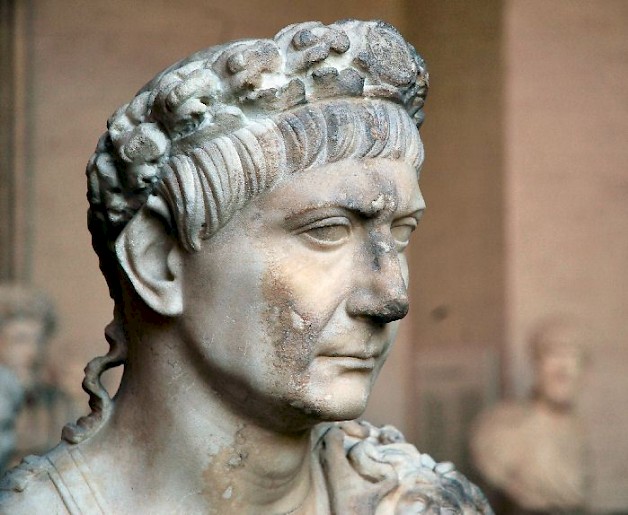
Here, the Seventh was to stay for centuries. Often, soldiers were sent to other towns in Spain to guard important roads or sites, or to serve in civil offices. For example, we know of legionaries working at the governor's headquarters at Tarraco (Tarragona). Every now and then, subunits were sent to the frontier, where they took part in necessary wars.
Between 86 and 89, the legion was commanded by Marcus Ulpius Trajanus, who was to be emperor from 98 to 117 and is better known as Trajan. During his term as general, the governor of Germania Superior, a man named Antonius Saturninus, revolted, and Trajan ordered his men to march to the Rhine. However, they arrived too late. Nevertheless, the Seventh had shown that it was a serious army unit, even when its base was in the far west and at a large distance from the frontier.
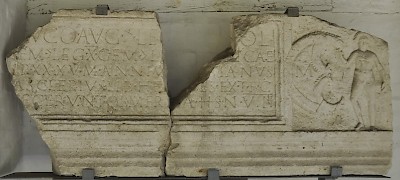
In 119, a subunit of 1000 men was sent to Britain, to suppress incursions from the north. Possibly, they were also active in the construction of Hadrian's wall. It is possible that the tombstones of legionaries of the Seventh that were discovered at Lambaesis, the base of III Augusta, belong to the years 132-136, when a substantial subunit of the African legion was serving in the war against Bar Kochba, a messianic claimant in Judaea.
During the reign of Antoninus Pius (138-161), soldiers of VII Gemina were active in Mauretania, fighting against the Mauri, a native tribe that had become aggressive and had even invaded Andalusia. It is possible that the legion was staying at Hispalis (Sevilla), the capital of Andalusia, for some time during the reign of Marcus Aurelius (161-180).
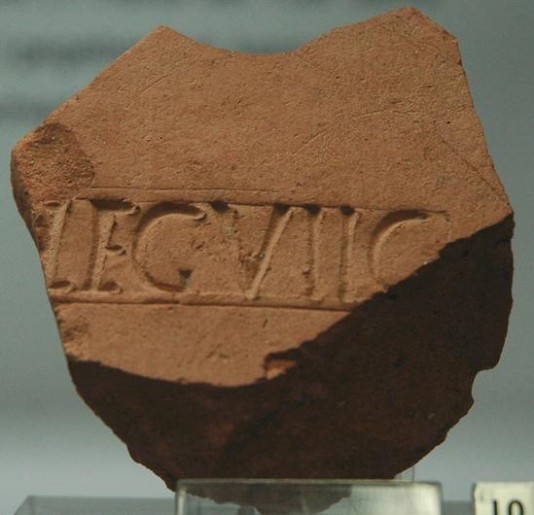
During the reign of Lucius Septimius Severus, the Seventh received a new surname, Pia. It is likely that the occasion was Severus' war against his rival Clodius Albinus, in 197. An inscription from Wiesbaden suggests that a subunit of VII Gemina took part in the Germanic war of Severus Alexander in 235; a rooftile from Mainz suggests the place where it was staying.
In the mid-third century, we find another legion in Spain, called VI Hispana. Its number was chosen to fit that of the Seventh.
After this campaign, the unit disappears from our sources for some time, but we know that it was still at León at the end of the fourth century. It is possible that it was defeated and disbanded when the Visigoths, Vandals and Suebians occupied Spain in 409.
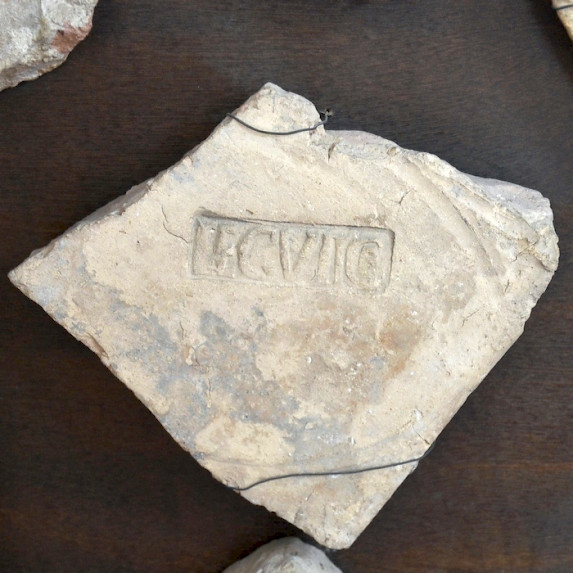
The legion's symbol is not known.
Literature
- I. Piso, "Les légions dans la province de Dacie", in: Yann Le Bohec, Les légions de Rome sous le Haut-Empire (2000 Lyon) 205-225
- P. Le Roux, "Legio VII Gemina (pia) felix", in: Yann Le Bohec, Les légions de Rome sous le Haut-Empire (2000 Lyon) 383-396
- I. Sastre Pats, "Nueva inscripción funeraria de un vet. leg. VII G. F. procedente de la zona arqueológica de Las Médulas (León, España)", in: Zeitschrift für Papyrologie und Epigraphik 125 (1999) 257-258